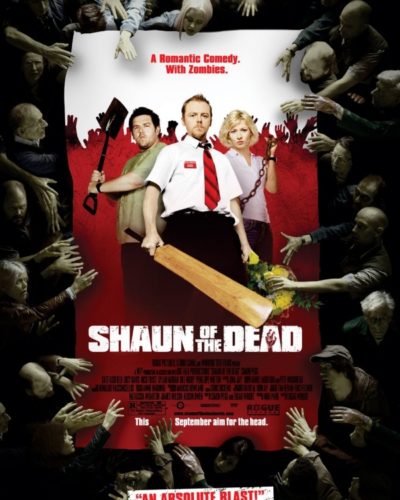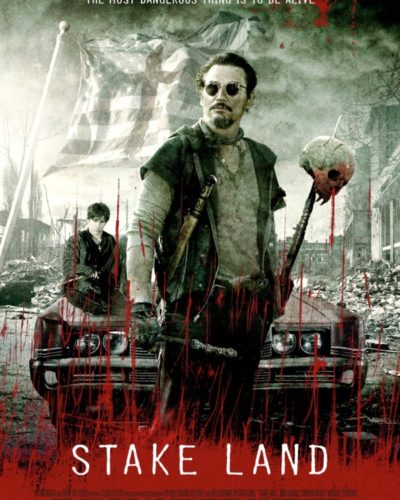Unearthing “The Strain”: A Viral Nightmare
“Love is going to save us… but not tonight.” This chilling line from the television series “The Strain” encapsulates the haunting duality of a narrative that merges the terror of a parasitic outbreak with the deeply human struggle against encroaching darkness. Directed by various talents including Guillermo del Toro and released in 2014, “The Strain” is not just a movie but a horror drama series that grips viewers with its blend of epidemiological fear and mythical horror. The show presents the cataclysmic spread of an ancient strain of vampirism, introduced via an ill-fated airline landing in New York City. A team of scientists, alongside a mysterious Holocaust survivor, must face the nightmarish creatures while dealing with personal demons of their own.
Creating Nightmares: Atmosphere and Visual Dread
The series expertly crafts an atmosphere fraught with impending doom. Every shadow seems to writhe with potential threats, using suspense and a heavy sense of foreboding to unsettle viewers. The show’s creators, including del Toro, excel at building tension not just through visuals, but through a thorough incorporation of gothic horror sensibilities into a modern setting.
The cinematography of “The Strain” plays a pivotal role in executing its horror. The lighting often shifts to darker tones, punctuated with stark contrasts that highlight moments of terror. Camera angles are used resourcefully to create a sense of disorientation — often from the perspective of the series’ bloodthirsty creatures. Special effects range from subtly unnerving to shockingly grotesque, without crossing into gratuitous gore unless absolutely necessary for narrative impact.
The soundtrack, often understated, allows the natural sounds of the environment to amplify the discomfort. When the score swells, it builds tension inexorably toward the show’s climactic moments. Sound effects are judiciously used, making each squelch or scream count. Silence, too, is weaponized, creating breath-holding moments where every sound seems like an omen of doom.
When Survivors Turn Predators: Cast and Horror Archetypes
The cast of “The Strain” brings both depth and legitimacy to the series. Corey Stoll, as the CDC head Dr. Ephraim Goodweather, leads with a mix of rationality and desperation that roots the unfolding horror in a painfully relatable human experience. David Bradley as Professor Abraham Setrakian provides the narrative with gravitas and an air of tragic knowledge. The characters are well-developed over the course of the series, their reactions to the horror around them complex and resonant with the human struggle for survival.
“The Strain” delves into a mix of horror elements, primarily supernatural and body horror, as it draws upon vampiric lore and the gruesome transformation of humans into monsters. It doesn’t shy away from showing the visceral changes wrought by the virus, creating visuals that are as fascinating as they are repellent. The series challenges conventions by grounding its supernatural elements in a pseudo-scientific explanation, lending a chilling plausibility to the narrative. It uses a combination of psychological horror, jump scares, and a detailed exploration of the monsters’ biology to unnerve viewers.
More Than Blood: Themes and Impact
Beyond the scares, “The Strain” employs its horrific scenario to examine themes like the cost of survival, the corruption of power, and the battle for humanity’s soul. The series digs into the darkness not just to frighten, but to reflect on the human condition, making its impact more profound than a simple shock to the system.
As a piece of horror media, “The Strain” is effective in its blend of traditional horror motifs with innovative storytelling. It is likely to resonate with those who appreciate character-driven narratives and thematic depth in their horror, as well as fans of creature features and apocalyptic scenarios.
Viewers with an appetite for intense, serialized storytelling may find “The Strain” to be a compelling addition to their horror repertoire. While it may not have the mainstream recognition of some horror classics, it deserves a place in discussions alongside contemporary genre contenders.
Warning: The series contains graphic content, including violence and body horror, which may be triggering for some viewers.
A Grim Prescription for Fear: Final Thoughts on “The Strain”
“The Strain” is an ambitious foray into televised horror that marries the grotesque with the gothic to impressive effect. The series offers a satisfying blend of action, terror, and psychological depth. Its capacity to both horrify and provoke thought sets it apart from more simplistic scare-fests. However, the pacing can at times feel uneven, and some subplots might distract from the central narrative.
Fans of horror looking for a series that explores familiar tropes in fresh ways will find much to appreciate in “The Strain.” While it may not be tailor-made for casual viewers due to its complexity and sometimes disturbing content, horror aficionados and those who enjoy a darker, serialized drama are likely to be captivated.
With a potent combination of haunting visuals, multidimensional characters, and rich thematic undercurrents, “The Strain” confidently claims its stake in the horror genre, ensuring that its virulent tale lingers with viewers, long after the credits roll.




